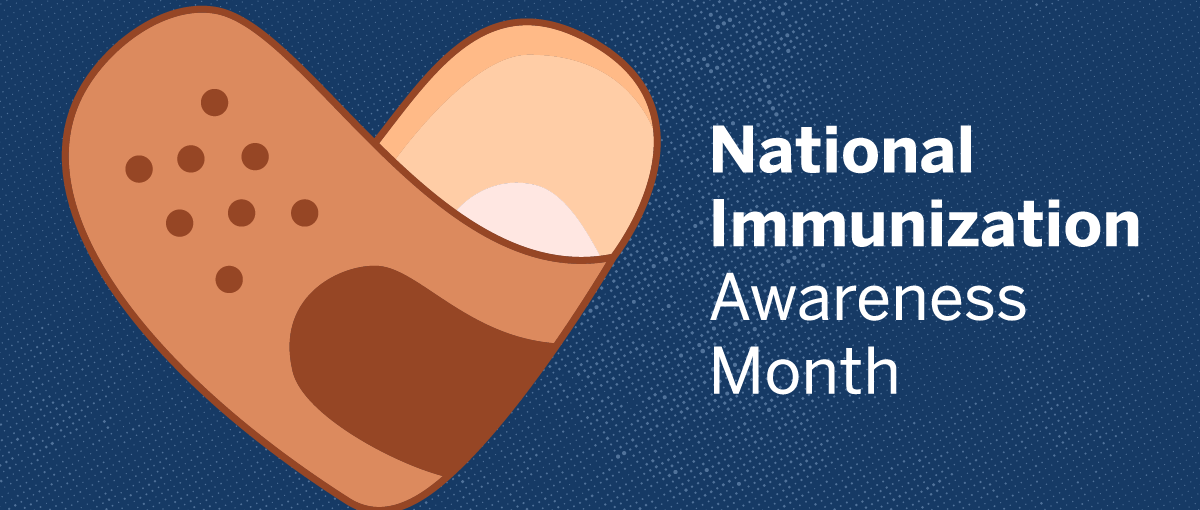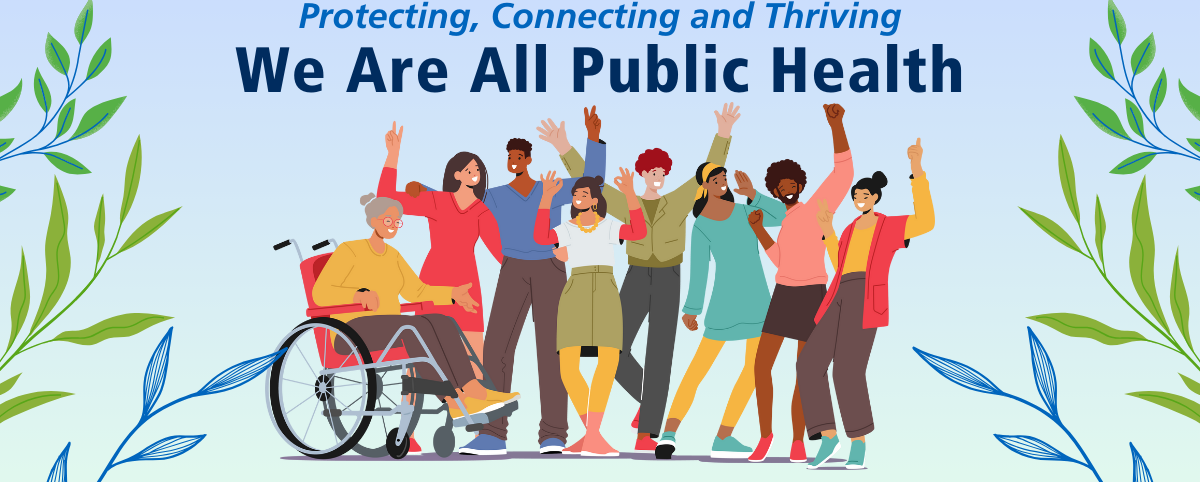August 2024
National Immunization Awareness Month sponsored by the National Public Health Information Coalition (NPHIC) and observed every August, highlights the lifesaving benefits of vaccines. During the month, activities will raise awareness of the importance of vaccinating people of all ages against serious and sometimes deadly diseases. The awareness month also celebrates the successes of immunizations and educates Americans about vaccine safety and effectiveness.
According to a study by the Commonwealth Fund, from December 2020 through November 2022, COVID-19 vaccines prevented approximately 18.5 million hospitalizations and 3.2 million deaths in the U.S., but the lifesaving impact of vaccines extends far beyond COVID-19. Vaccines have dramatically reduced the spread of diseases like measles, polio, and whooping cough, protecting countless individuals and communities.
According to new data published this month by the CDC, among children born during 1994-2023, routine childhood vaccinations will have prevented about 508 million cases of illness, 32 million hospitalizations, and 1,129,000 deaths over the course of their lifetimes.
Unfortunately, numerous factors have led to a decline in vaccination rates in recent years including healthcare disruptions during the COVID-19 pandemic and the spread of misinformation about vaccine safety and effectiveness. In some cases, this has resulted in outbreaks of once-controlled diseases, including measles and to a lesser degree polio, jeopardizing the progress we have made.
According to the American Association of Immunologists, getting vaccinated protects against the spread of infectious diseases by helping our immune systems fight infection. Vaccines work by introducing a weakened or inactive form of a virus or bacteria to the body. This triggers the immune system to develop antibodies, creating a kind of shield against future infection. When a large portion of the population is vaccinated, it creates “herd” or community-level immunity, making it difficult for diseases to spread, even protecting those who haven’t been vaccinated themselves.
The public health benefits of vaccines include:
Disease Prevention: Vaccines are highly effective at preventing serious illnesses like measles, mumps, rubella, polio, diphtheria, tetanus, whooping cough, chickenpox, shingles, influenza, and pneumonia. These diseases can cause severe complications, hospitalization, and even death.
Reduced Healthcare Costs: Vaccines are a cost-effective way to prevent illness and its associated medical expenses. Vaccination programs save billions of dollars in healthcare costs each year.
Protection for Populations at Higher Risk: Vaccines are especially important for protecting those with developing immune systems (infants) or weakened immune systems, such as older adults and people with certain chronic illnesses.
Global Health Impact: Vaccination programs have had a significant impact on global health. They have helped to virtually eliminate smallpox and dramatically reduced the burden of other diseases worldwide.
To build on and sustain the health benefits of vaccines, TFAH’s 2024 Ready or Not: Protecting the Public’s Health from Diseases, Disasters, and Bioterrorism report includes a number of important recommended policy actions to strengthen the nation’s vaccine infrastructure:
- Increased Funding: Congress should provide at least $1.1 billion per year to support vaccine infrastructure and delivery, including programs promoting equitable vaccine distribution.
- Insurance Coverage: Congress and states should ensure first-dollar coverage for recommended vaccines under commercial insurance and for uninsured populations.
- Minimizing Exemptions: States should minimize vaccine exemptions for schoolchildren, and healthcare facilities should increase vaccination rates of healthcare workers.
- New Vaccine Development: Congress should create incentives for new-product discovery to prevent and fight resistant infections including therapeutics, diagnostics, and prevention products such as vaccines.
- Strengthening Influenza Defenses: Congress should strengthen the pipeline of influenza vaccines, diagnostics, and therapeutics.
- Countering Vaccine Misinformation:The spread of misinformation about vaccines can lead to vaccine hesitancy and lower vaccination rates. TFAH calls for promoting accurate information from trusted sources to increase vaccine confidence.
According to research published in The Lancet, since 1974, vaccination has prevented 154 million deaths worldwide. By ensuring equitable access to vaccines, promoting accurate information, and investing in research and education, we can continue to harness the power of vaccines and build a healthier future for all.






